
by guest blogger, Shané Beauford – Director of Educational Equity, IDE Corp.
How can you determine the strength of your instructional equity implementation?
Consider IDE Corp.’s Seven Lenses of Instructional Equity that are reflected through six areas of instruction:
- • Instructional Activities
- • Participatory Structures
- • Assessments
- • Instructional Resources
- • Language
- • Physical/Virtual Setting
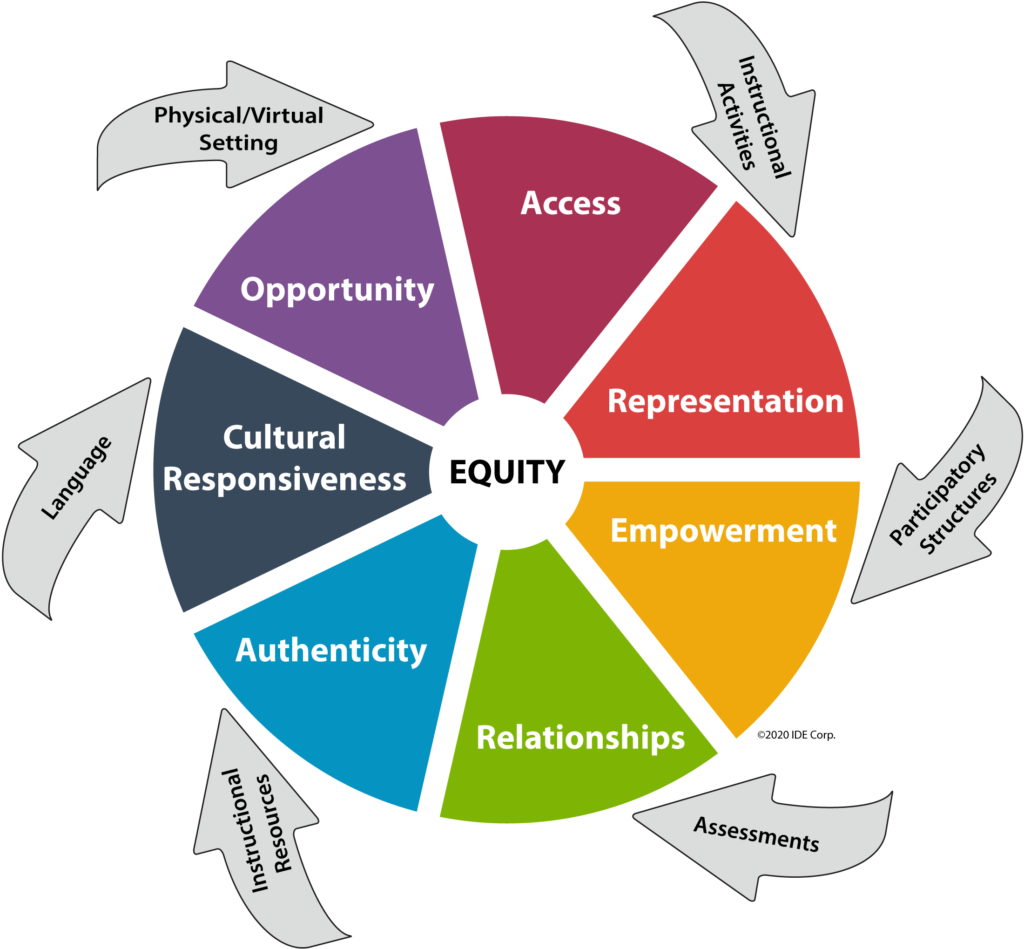

Opportunity is a situation favorable for the attainment of a goal. We know that schools provide students with paths to college and career. The question is: “Does every student have the opportunity to receive a high-quality education, with a plethora of diverse resources available?”
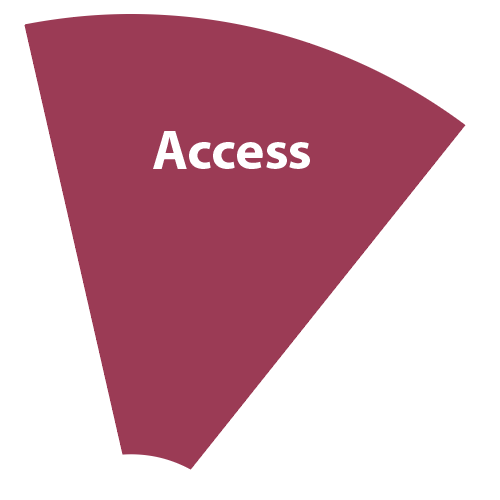
Access is often connected to opportunity because one must have the ability, permission, and tools to take advantage of an opportunity. What might hinder students from gaining access to high-quality education? For minoritized students, that hindrance may come in the form of implicit or even explicit bias demonstrated by disproportionate representation in special education or honors/advanced placement courses. For others, language and/or cultural barriers may impede access to the available opportunities and resources.
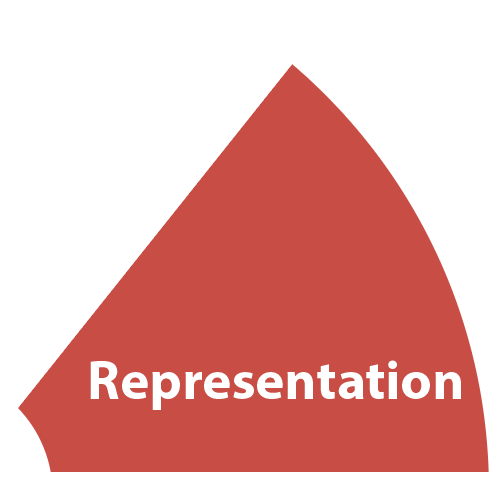
Who is represented in your classroom? More importantly, how are they represented in your classroom? Representation truly matters! Every student should be able to see themselves represented in a positive way on the walls of your physical or virtual classroom, in the characters within the books they read, through a diversity of authors, and much more.
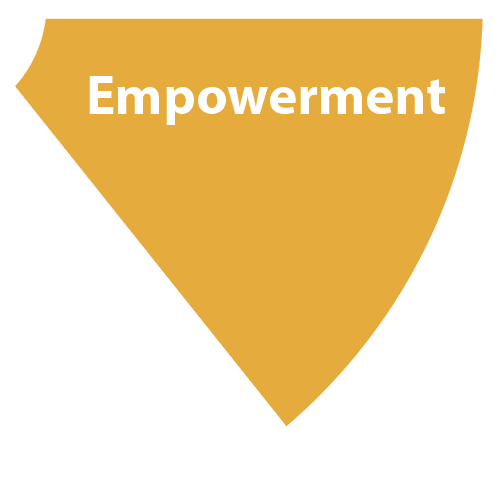
Dr. Nancy Sulla talks about the three Es — engagement, empowerment, and efficacy — in her book Building Executive Function: The Missing Link to Student Achievement. Equitable learning experiences promote students as independent learners and thinkers. Teachers empower students by resourcing them with the proper scaffolds they need to thrive in a learning environment.
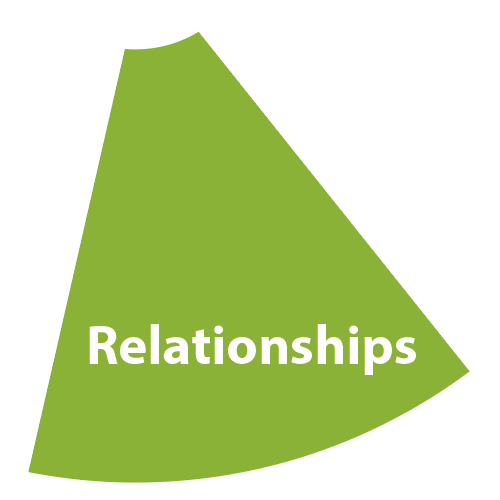
Building relationships to cultivate an environment of trust, safety, and respect must be a top priority. By doing so, teachers allow the space for students to engage in rigorous learning experiences. Get beyond the surface “knowing” of your students and find out who they are so that you can use their experiences to enrich the learning environment.
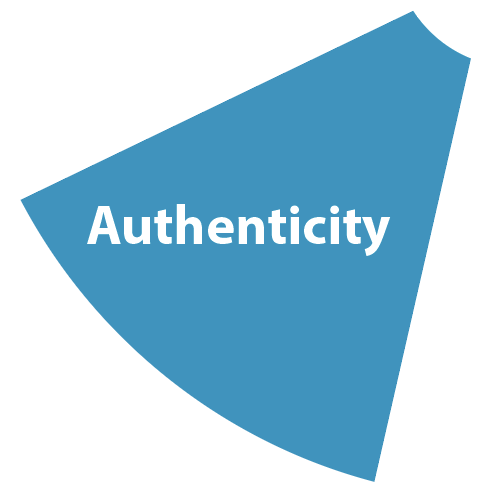
What issues or topics are of most interest to students? What are the needs of their communities? How might you anchor the learning to students’ lives and experiences? Authentic and relevant connections between the curriculum and student experience increase student engagement.
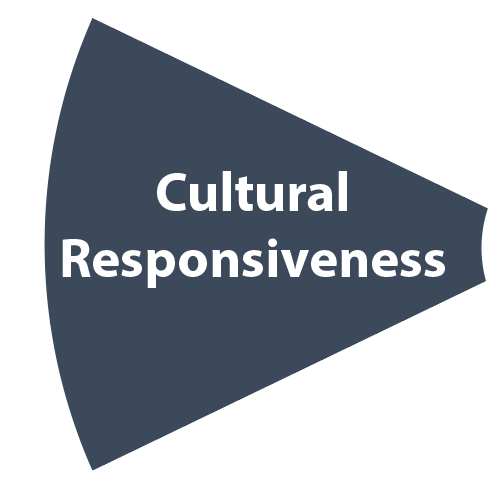
Cultural responsiveness is the utilization of cultures and backgrounds to inform our instructional practices. The key is to “focus on the roots of culture,” as noted by Zaretta Hammond in her book Culturally Responsive Teaching and the Brain. The first step is awareness, but from there, teachers must intentionally plan and design learning environments with culture in mind.
Consider your learning environment through IDE Corp.’s Seven Lenses of Instructional Equity. How do your instructional activities provide opportunity and access for students? What participatory structures do you have in place to empower students? What language are you using with your students to empower them and build trusting relationships? How are your instructional resources positively representing the diversity of your students? How might you design your assessments to be culturally responsive?
Related Professional Development Opportunities:
- PD sessions with a focus on equity (contact solutions@idecorp.com)
- Virtual Learning Communities
- Coming soon — Self-paced Equity Course
